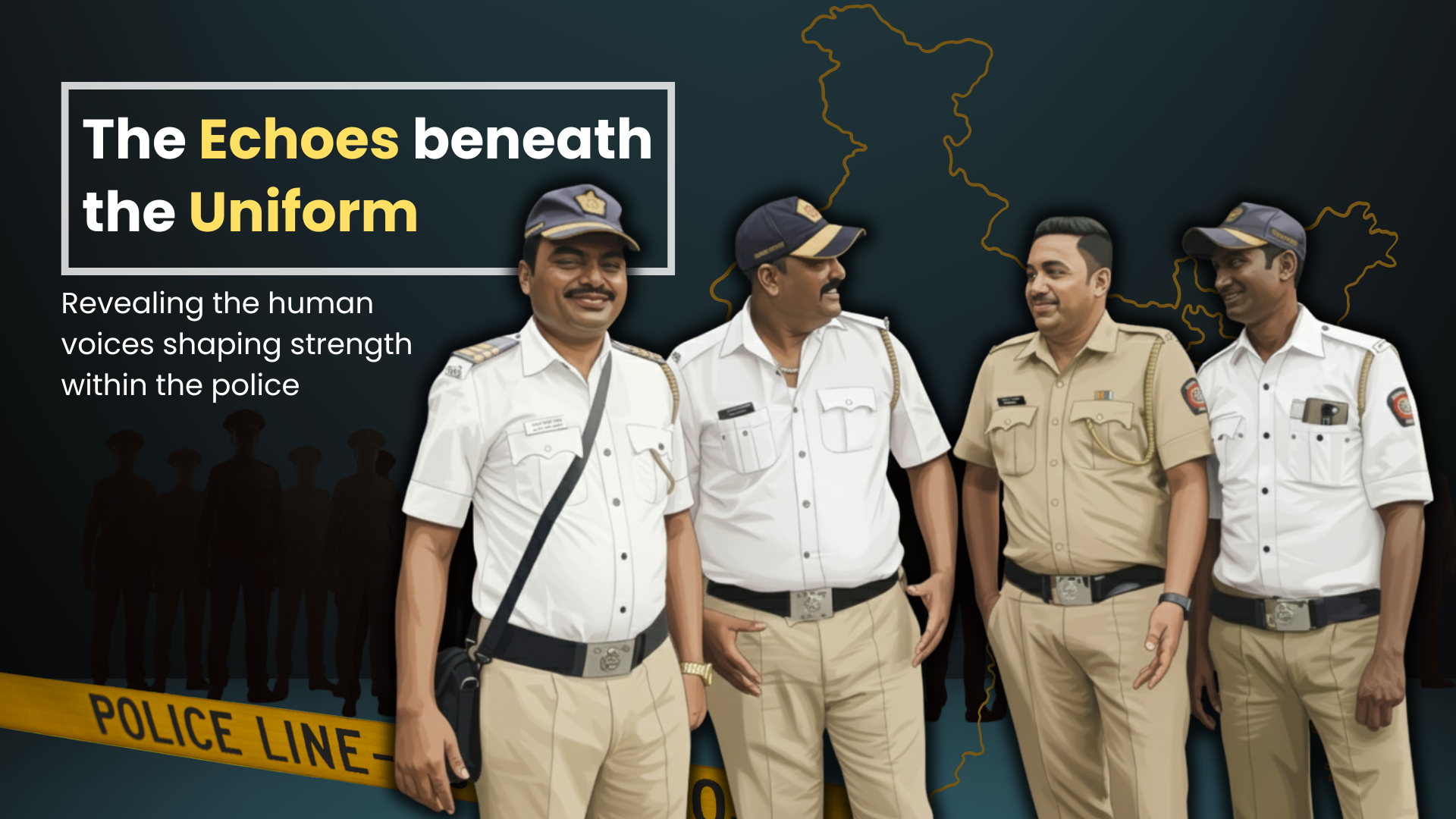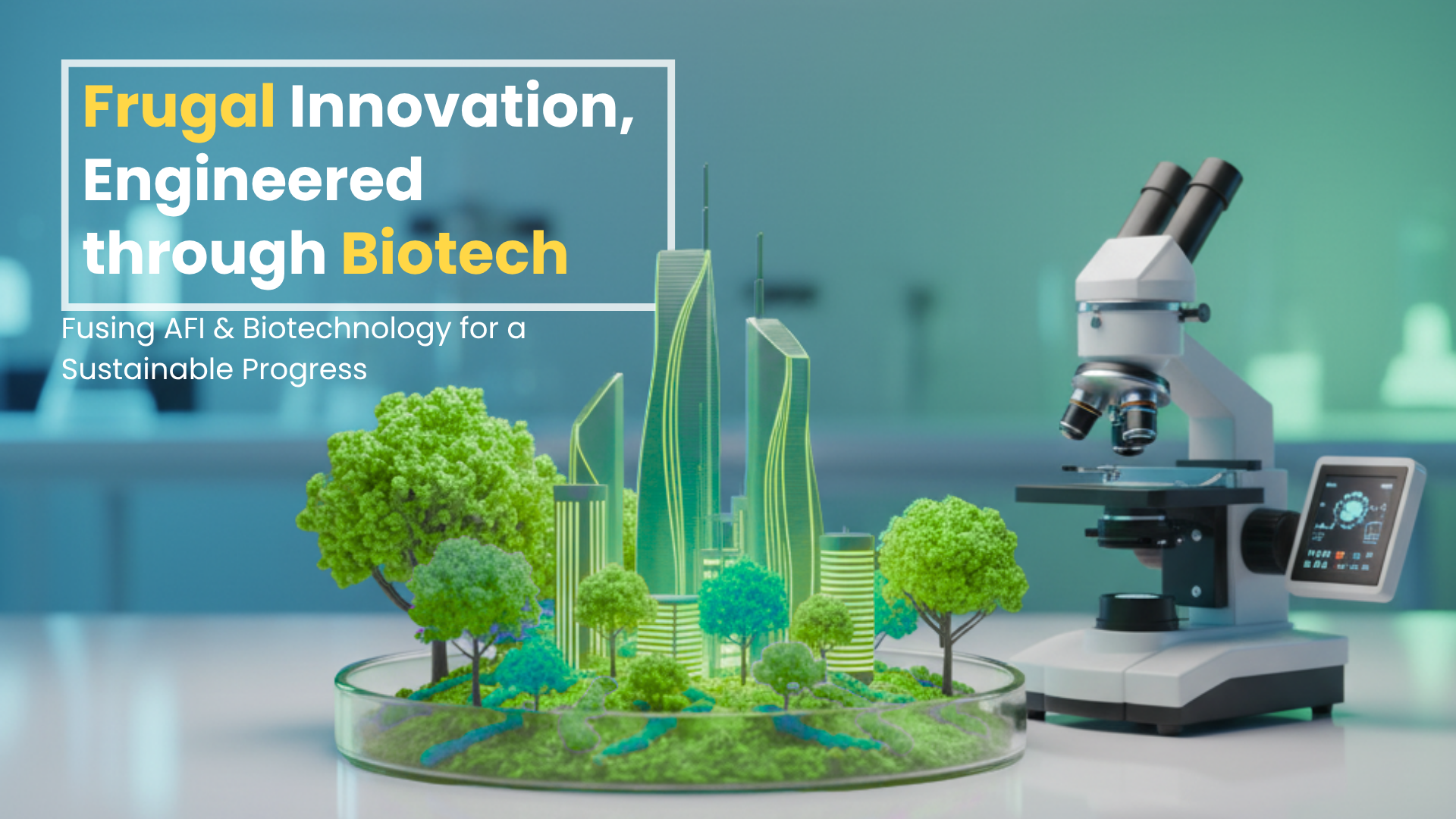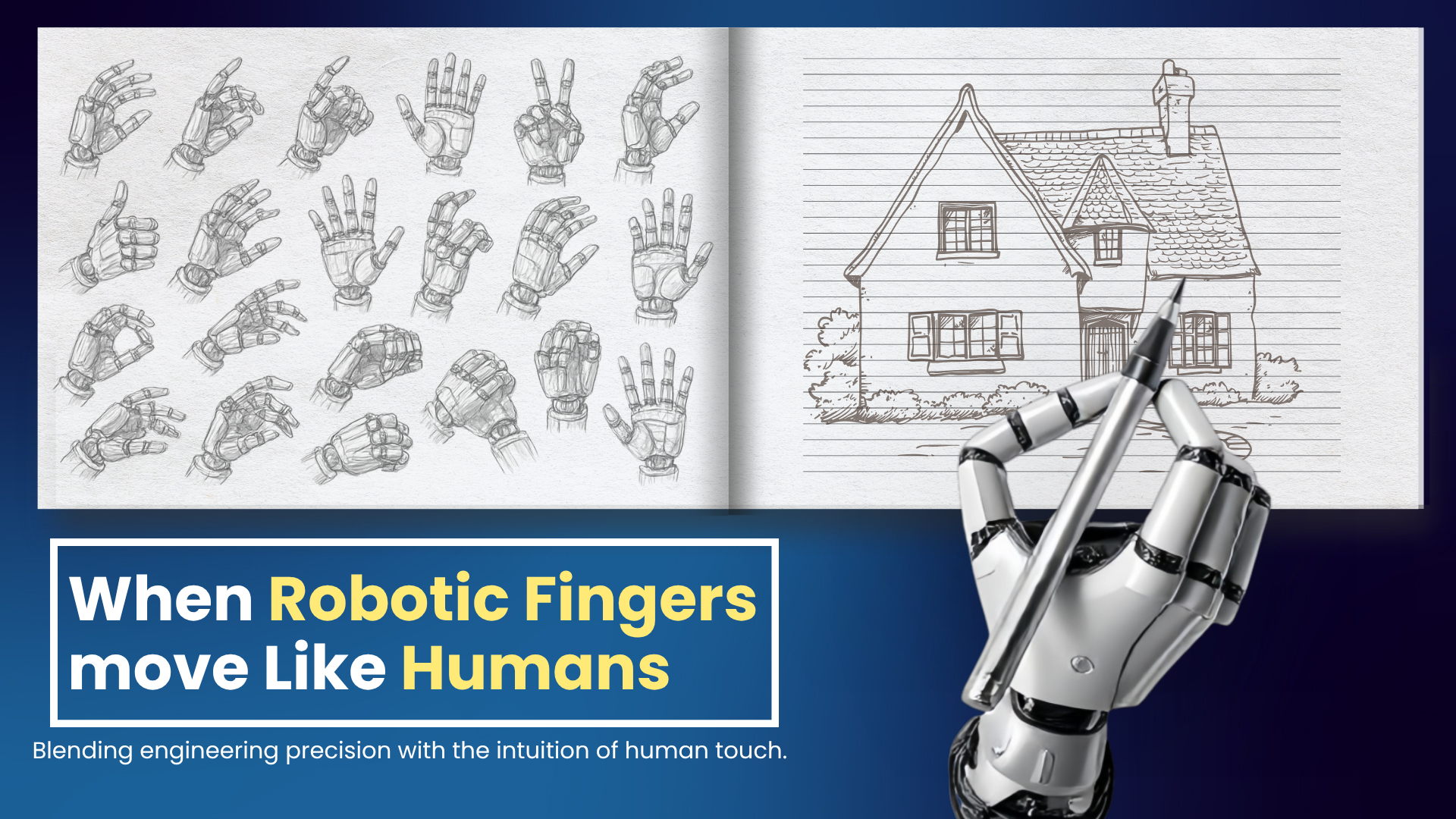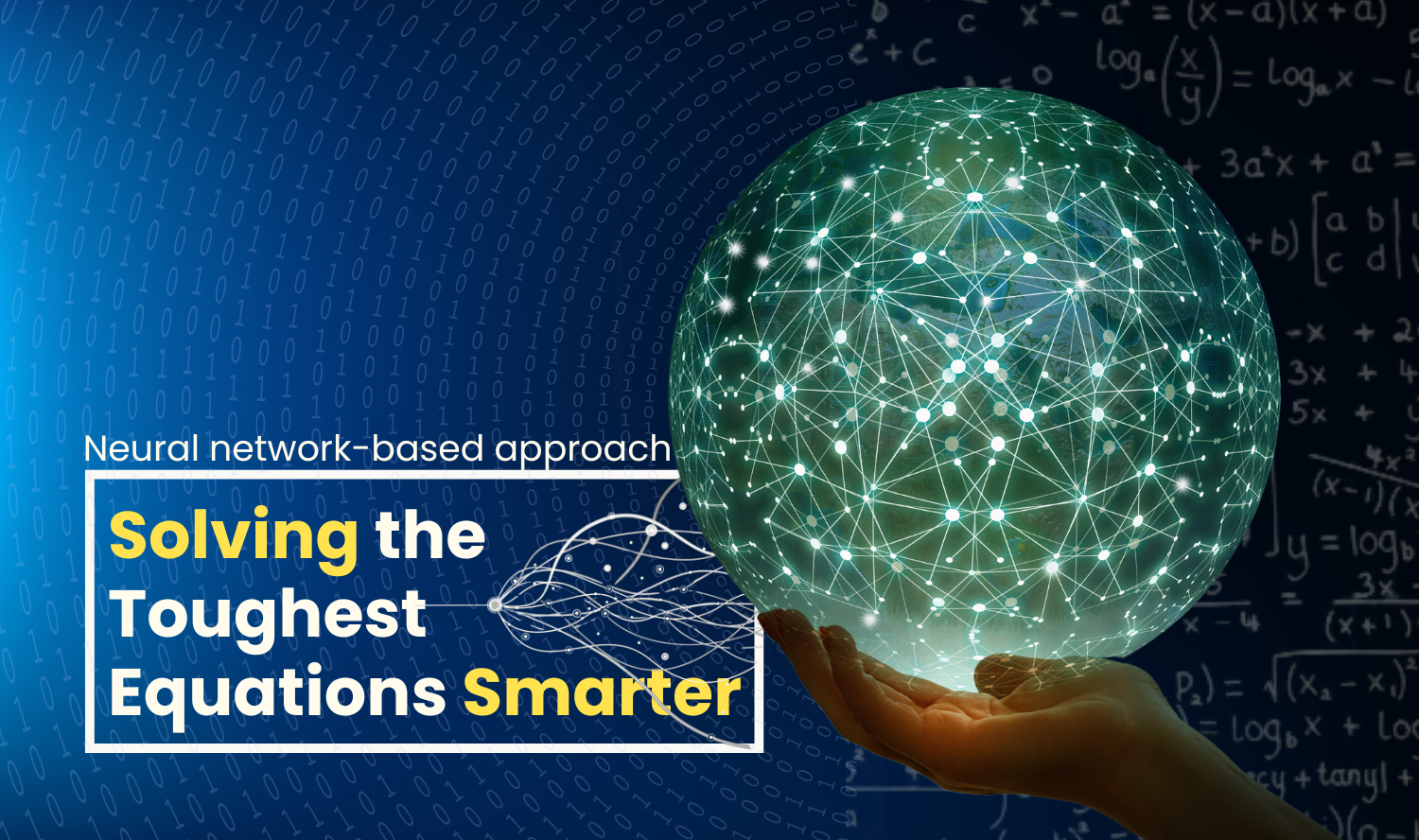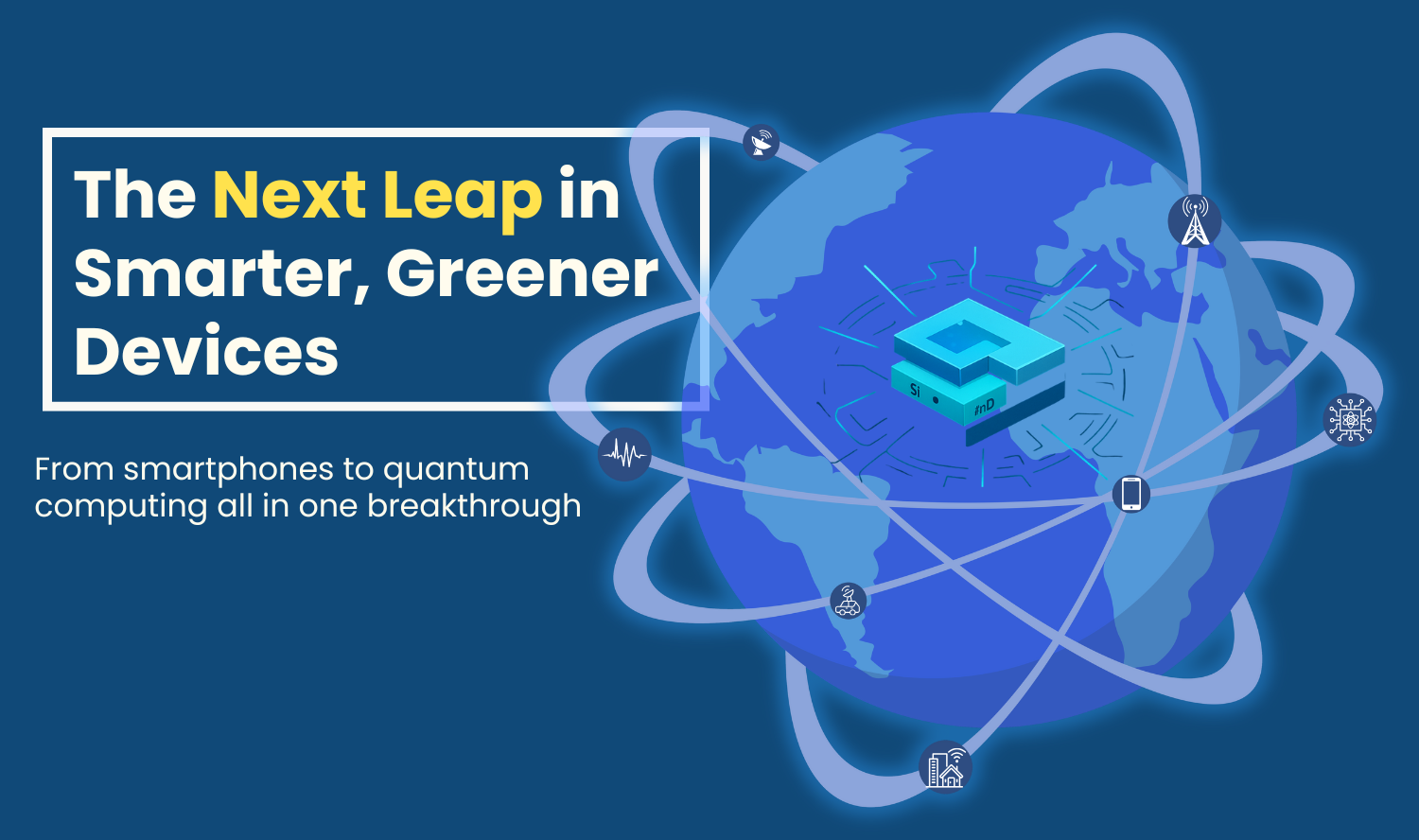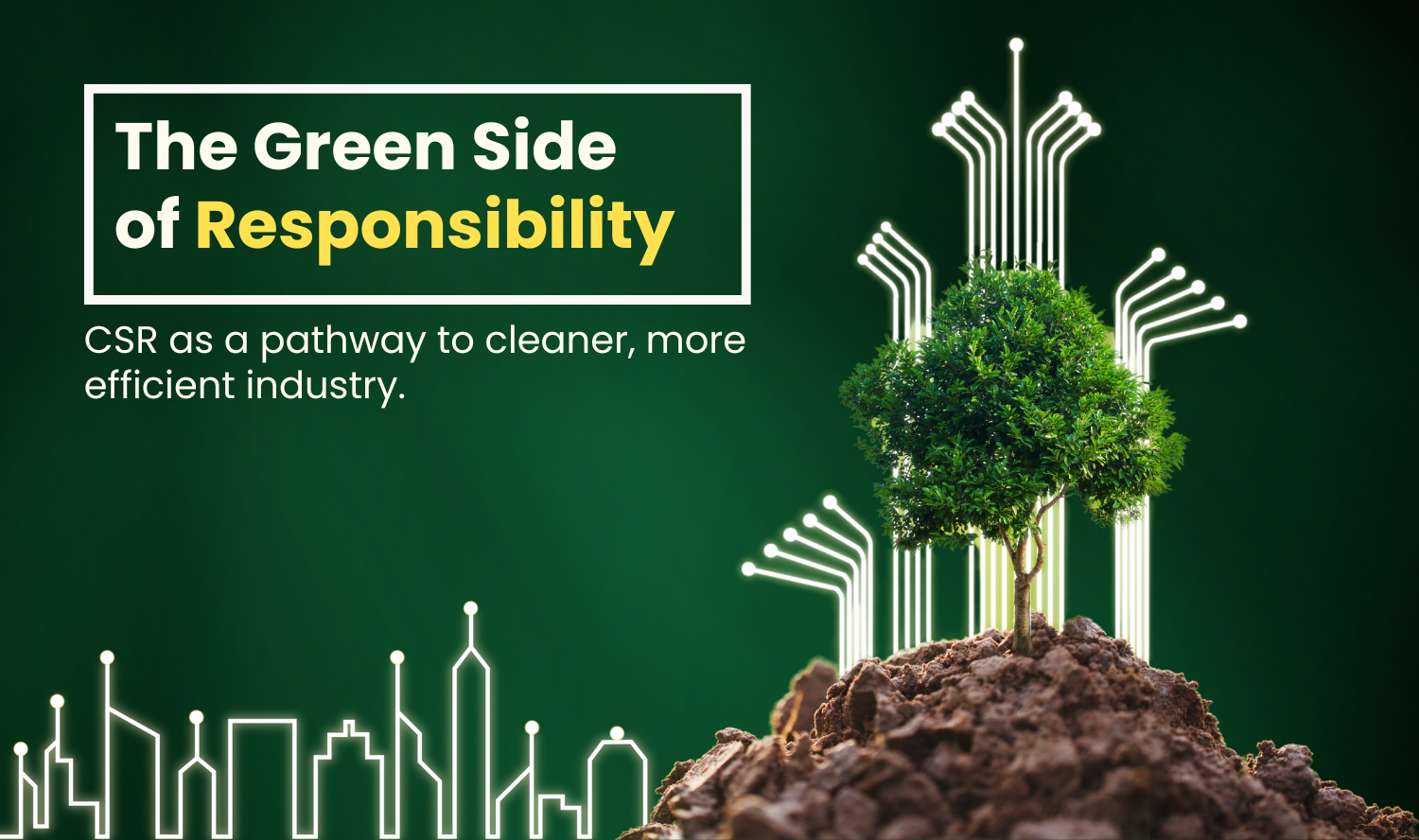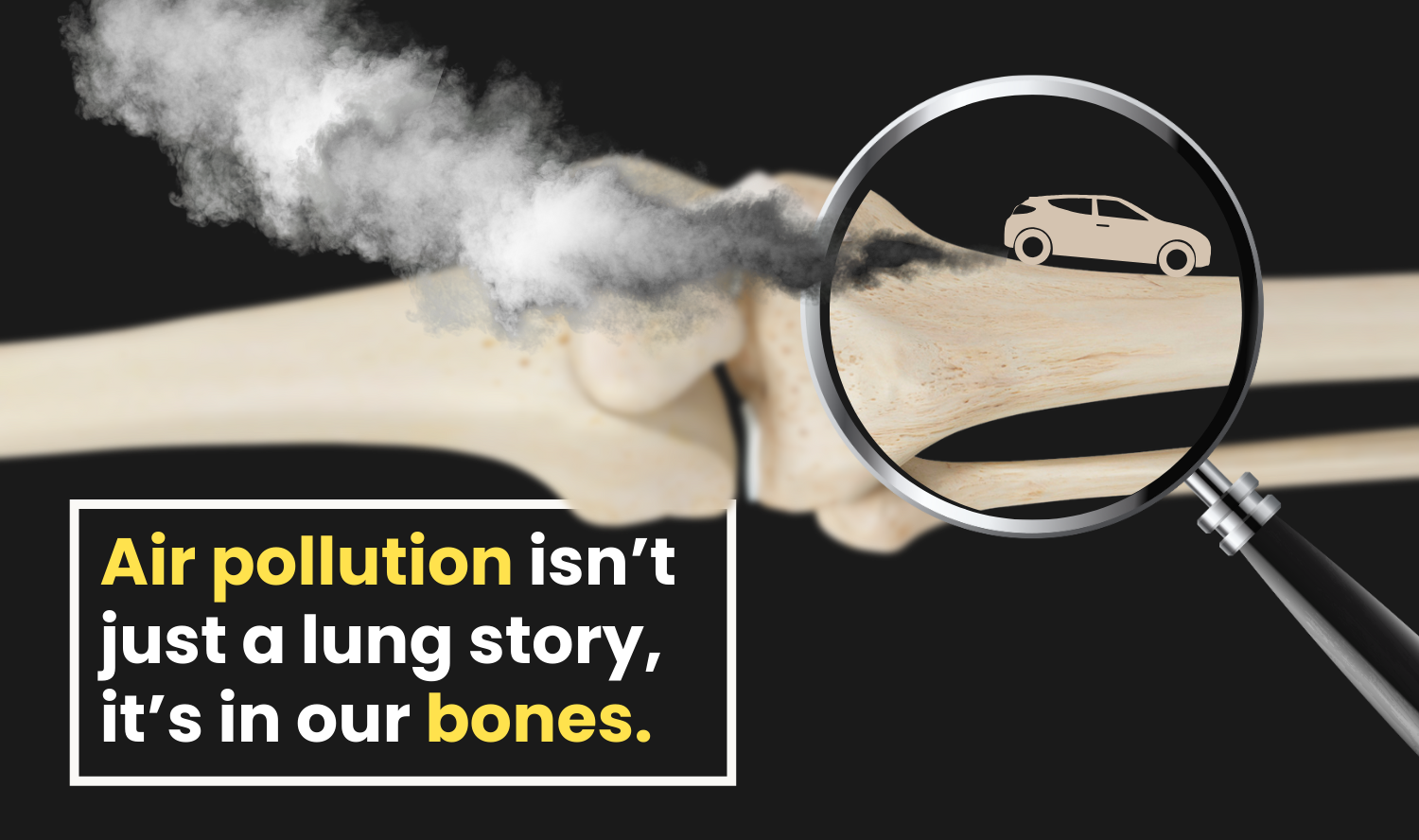
Businesses need to be flexible and adaptable to any changes or disruptions that will occur. These disruptions could include a fall in the market, like the 2008 financial crisis; sudden technological advancements, such as the advanced progress of artificial intelligence (AI); or unexpected events, like the COVID pandemic.
In order to handle such changes, an agile workforce is required in a business. An agile workforce is one that can adjust quickly and easily to change as often as necessary.
The strange thing is that, for many decades, workforce agility training was focused primarily on modifying systems, processes or structures, but not on the individuals in the business.
Studies have shown that by understanding, utilizing, and uplifting people, the organization benefits by gaining a sustainable advantage over their competitors. Other advantages include better organizational routine, building a strategic edge for firms in turbulent environments, and upgrading the workforce’s capabilities or competencies.
Although workforce agility has been considered important for a workplace, there is a lack of conceptual models on workforce agility. Organizations also seldom focus on building individual agile capacities.
At an individual level, scholars documented critically relevant factors like psychological empowerment, mindful organizing, and openness to experience and change. Due to the lack of models at the individual level, ‘arts’ has been considered as a way to train the individuals of an organization to become more agile.

In this study, the authors Dr. M. Janani from T. A Pai Management Institute Bengaluru, Manipal Academy of Higher Education, Manipal, India, and Prof. V. Vijayalakshmi from the Department of Management Studies, Indian Institute of Technology (IIT) Madras, Chennai, India, have used an Intermodal Arts-Based Intervention (IABI) approach, which integrates visual arts, music, movement, and theatre to train a select group of individuals for agility.
Two studies were done in India. In the first study, 139 working individuals were selected. The workers were from the service sector with at least one year of work experience. The individuals were separated into intervention (69 individuals) and control (70 individuals) groups. The study was conducted for 5 sessions over 15 hours, across 5 weeks.
The results of this study showed that the intervention group gained more agility than the control group.
In the second study, which was conducted after 6 months from the time of the first study, a focused group discussion (FGD) was conducted on 13 individuals to understand the long-term outcomes on employees’ affect, behaviour, and cognition.
The results show that IABI instilled a strengths-based approach towards the self, others, and situations, which enabled people’s openness to experiences. This openness in turn led to a socio-cognitive mindfulness (SCM), which led to agile behaviours. Thus IABI was found to be effective in increasing agility in workers.
To the best of the authors’ knowledge, this is one of the first approaches where multiple art forms are integrated to meet management goals. IABI gives a sense of autonomy to the individual, and is unique as it aids individuals to joyfully focus on the process (the here-and-now) rather than the output. This approach gives space for ‘free expression’, motivating the exploration of body, actions, ideas, emotions, thoughts, materials, and space, dispensing a plethora of agile behaviours.
Dr. Lakshmi Narayan Ramasubramanian from the Department of Materials Science and Engineering, Indian Institute of Technology (IIT) Delhi, New Delhi, India, gave the following comments appreciating the authors’ fresh approach saying: “In the raging debate regarding working hours for professionals in IT and engineering industries, it is becoming evident that employees tend to believe that time spent in the workspace is taxing, emotionally and mentally draining, unimaginative, and mundane. This has led to an increasing demand for ensuring work-life balance in corporate establishments. Given the nature of competition and the evolution of international markets, from a purely economic perspective, longer working hours have become necessary. The intermodal Arts-based Intervention approach, presented by Janani and Vijayalakshmi in their latest work, is a fresh and alternative strategy to keep employees engaged and ensure their creative energies are well utilized. Entrepreneurs and top-level company managers are responsible for ensuring that their employees feel comfortable and can imaginatively contribute to the company’s growth. The paper demonstrates that some interventions in the form of arts-based expression can significantly boost productivity and ensure a happier work environment for employees. This is surely something company human resource personnel must consider adding to their workspace activities.”
Article by Akshay Anantharaman
Click here for the original link to the paper

